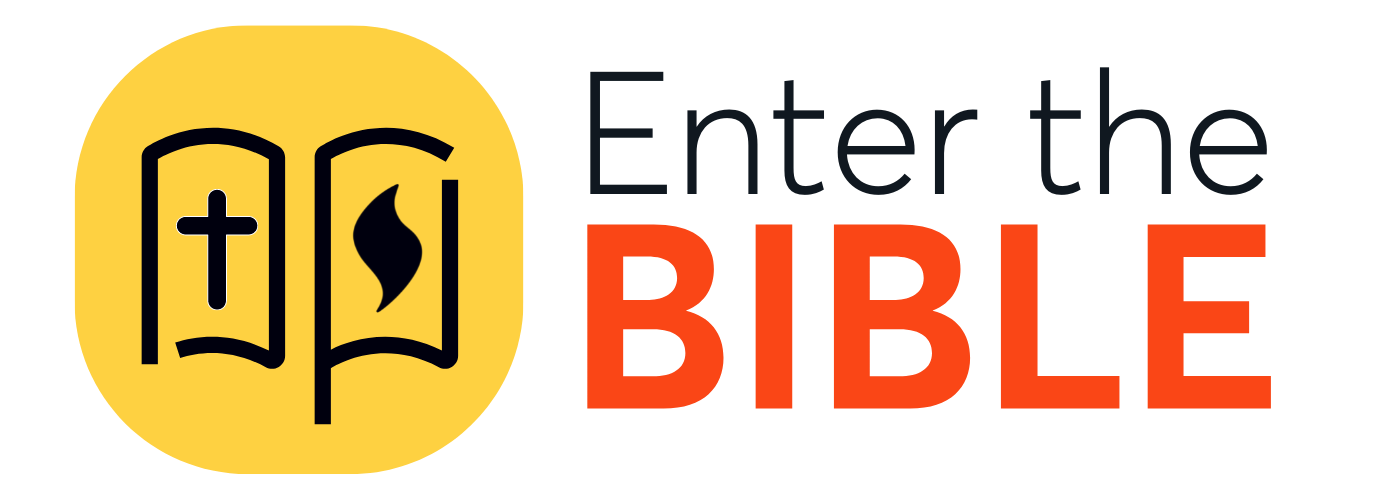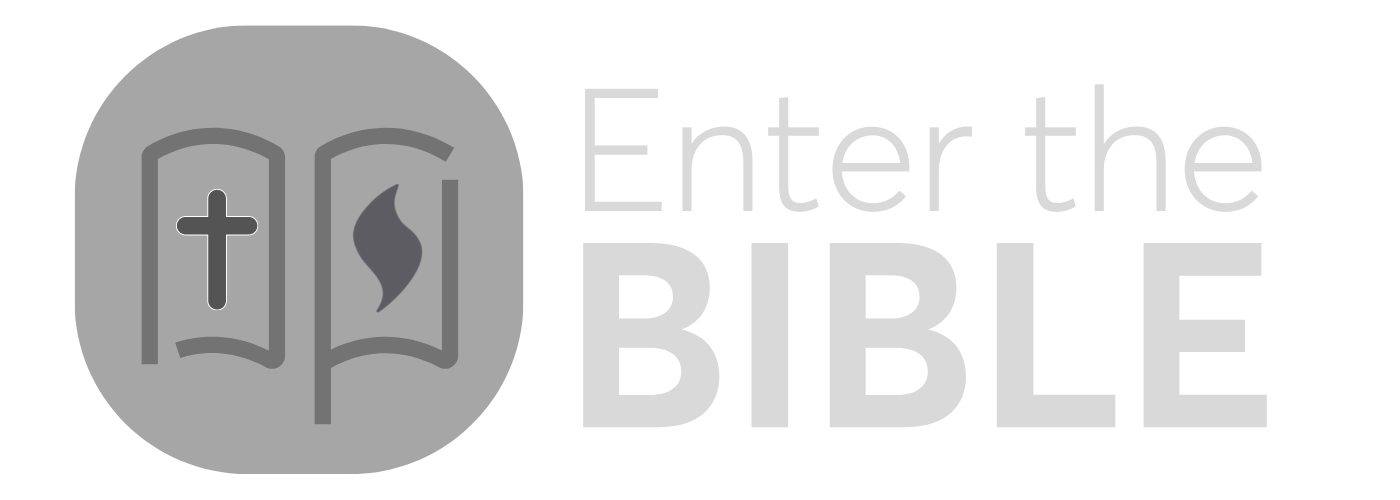• Democratization of the Davidic covenantA covenant is a promise or agreement. In the Bible the promises made between God and God's people are known as covenants; they state or imply a relationship of commitment and obedience. More. Second IsaiahSecond Isaiah refers chapters 40-55 of the book of Isaiah. This work was likely written during Israel's exile in Babylon (597-538 B.C.E.). Second Isaiah includes poetic passages of hope as well as descriptions of the Suffering Servant. More (Chapters 40-55) anticipates God’s coming to restore Israel, but does not make direct use of messianic images. The TempleThe Jerusalem temple, unlike the tabernacle, was a permanent structure, although (like the tabernacle) it was a place of worship and religious activity. On one occasion Jesus felt such activity was unacceptable and, as reported in all four Gospels, drove from the temple those engaged... More and palace stand in ruins, and the prophet uses other traditions (especially relating to ZionZion originally referred to a mountain near Jerusalem where David conquered a Jebusite stronghold. Later the term came to mean a number of other things like the Temple, Jerusalem, and even the Promised Land. More and the Exodus) to define God’s new plan. In fact, in one of Second Isaiah’s bold moves to open God’s work to all, the prophet announces that the everlasting covenant with David is now made with all Israel (55:3-4), anticipating the coming of not just one new king, but the identification of all believers as God’s royal people (see 1 Peter 2:9).
• Divine image and agency. “To whom then will you compare me?” asks God in 40:25 (see 40:18; 46:5); and the answer is clear: nothing and no one–that is, nothing and no one among the heavens and the gods, for, as Isaiah makes clear, “I am the LORD, and there is no other; besides me there is no god” (45:5). Still, in Isaiah’s preaching, this God who will allow no other claimants to deity, is remarkably ready to be compared to a striking variety of earthly images: potter, rock, warrior, woman in labor, mother, father, shepherd, friend, helper, husband, hawker, and many others. God uses these images to describe the work to which God is committed and that will be accomplished through the prophet, Israel, Babylon, Cyrus, creationCreation, in biblical terms, is the universe as we know or perceive it. Genesis says that in the beginning God created the heavens and the earth. In the book of Revelation (which speaks of end times) the author declares that God created all things and... More itself, and, above all, God’s chosen servant.
• Female imagery for God. The second half of the Book of Isaiah contains a large number of female images for God. God is compared to a woman in labor (42:14; 45:10), a nursing mother (49:15; 66:13), and possibly a midwife (46:3-4). Perhaps these surprising images of comfort and intimacy were given through the prophet as part of the “new thing” (43:19) God was doing to break Israel out of the despair produced by years of exile.
• Holy One of IsraelThe Holy One of Israel is one of several names for God in Hebrew. The term, which most frequently occurs in Isaiah, means one who is set apart because that one is unique and worthy of worship (see also: holy). More. Particularly in Isaiah, God is seen as the “HolyHoly is a term that originally meant set apart for the worship or service of God. While the term may refer to people, objects, time, or places, holiness in Judaism and Christianity primarily denotes the realm of the divine More One of Israel” (25 of 31 biblical uses of the title occur in Isaiah). Perhaps deriving from Israel’s worship (Psalms 71:22; 78:41; 89:18), the term’s usage in PsalmA psalm is a song of praise. In the Old Testament 150 psalms comprise the psalter, although some of the psalms are laments and thanksgivings. In the New Testament early Christians gathered to sing psalms and hymns and spiritual songs. More 78:41 is especially interesting, since the following verses (41-55) link the “Holy One of Israel” with the mighty signs done by God against Egypt in the Exodus–a tradition particularly important for Isaiah. Second Isaiah frequently connects “Holy One of Israel” and “RedeemerA redeemer is someone who literally buys back, wins back, or frees from distress. The Hebrew term for redeemer (go'el) means to deliver or rescue. It may be a person or God who performs the act of redemption. More” in close proximity. • “I am.” Second Isaiah contains several “I am” statements in the mouth of God, ranging from the grand and glorious assertion of 48:12-13 (“Listen to me, O Jacob, and Israel, whom I called: I am He; I am the first, and I am the last. My hand laid the foundation of the earth, and my right hand spread out the heavens; when I summon them, they stand at attention.”) to the intimate and personal assurance of 51:12 (“I, I am he who comforts you; why then are you afraid of a mere mortal who must die, a human being who fades like grass?”). Such self-predications or self-descriptions of God have great theological significance, emphasizing, as seen in these two examples, not only the power and glory of God but also God’s loving and personal care. Many of Jesus’ “I am” statements in the Gospel of John recall themes and images from the divine self-introductions in Second Isaiah.
• The idols. Isaiah often condemns the idols of Israel (2:8, 18, 20) and challenges the idols of the nations (19:1, 3). Second Isaiah will turn the challenges into taunts, ridiculing the absurdity of idolIdolatry is the worship of something other than the true God. An idol may be a cult image, an idea, or an object made of wood or stone. Ome of the Ten Commandments specifically prohibits the worship of graven images or idols; this concern is... More worship (41:6-7; 44:9-20; 46:1-2) and declaring the idols and their makers to have no power at all (41:29; 42:17; 44:9). In this regard, Second Isaiah sounds very much like Elijah in 1 Kings 18, where the prophet mocks both the deity Baal, and his prophets. The nations did not think that idols were themselves gods, but rather representatives or symbols of the gods; but Second Isaiah makes clear there is nothing behind the idols for them to represent.
• Isaiah and Jesus. Isaiah is quoted in the New Testament more than any other prophetic book. Some have equated Isaiah with one of the New Testament evangelists in their role of telling the good news of the gospel (Isaiah 40:9). This Christian use reflects the New Testament confession that “every one of God’s promises is a ‘Yes’” in Christ (2 Corinthians 1:20). The same promises that kindled the faith of Israel throughout the generations are now seen pointing to the fullness of God’s work in Christ.
As modern readers, it is important that we read Isaiah against at least two historical horizons. The first horizon is that of the Isaianic texts themselves—for instance the eighth or sixth centuries BCE. These texts were meaningful enough to the people of these times to preserve them. The second horizon is that of Jesus Christ, whose life, death, and resurrection constitute another “new thing” at work in God’s world.
• The messianic kingdom. Several of Isaiah’s promises relate back to God’s pledge to “establish the throne of [David’s] kingdom forever” (2 Samuel 7:13). Thus, Isaiah looks for the birth of a new king (an anointed one or messiahThe Messiah was the one who, it was believed, would come to free the people of Israel from bondage and exile. In Jewish thought the Messiah is the anticipated one who will come, as prophesied by Isaiah. In Christian thought Jesus of Nazareth is identified... More) who will be given throne names like “Wonderful Counselor, Mighty God, Everlasting Father, Prince of Peace” (Isaiah 9:6); despite the coming loss of the monarchy, renewal will come: “a shoot shall come out from the stump of Jesse [David’s father]” and establish at last the peaceable kingdom (11:1-9). It is not clear if these poems have a specific, historical king in mind (e.g., Josiah), or whether they are simply indeterminate expressions of hope and longing, shaped according to divine promises offered to David’s line.
As time goes on, especially following the exile, Israel continues to long for and await the coming messianic kingdom where all will be made right at last–a hope fulfilled in surprising ways, according to the New Testament, in the birth of Jesus, a new and different kind of king.
• A new exodus. Isaiah reaches back to the Exodus as a “text” for his proclamation of the new saving work of God. Just as God once delivered Israel from Egypt, God will provide new highways to bring home the people who survived the Assyrian conquest of the eighth century BCE (11:16) and the Babylonian conquest of the sixth century (35:8-10; 40:3-5). God’s former work was to make a dry way in the sea, but the new work is a wet way in the desert (43:16-21)–the “new thing” building on yet surpassing the old, a reminder that God is always taking God’s people somewhere new.
• Oracles against the nations. Like many prophets, Isaiah is given messages or oracles against foreign nations (especially chapters 13-23). Though they are oracles of judgment, these announcements make clear that God is Lord not only of Israel and Judah, but of all peoples. They dismiss false claims to power and even divinity (see 47:1-11) and set up the possibility that even the nations can turn to God and be saved (45:22).
• Redeemer. Far more than any other book of the Bible, the latter part of Isaiah uses the term “Redeemer” for God (13 out of 19 biblical uses occur here). In Old Testament civil law, the redeemer (Hebrew go’el) was one who bought back or rescued a relative’s property that had been sold or a family member who had been forced into slavery (Leviticus 25:25-55). With this background, God was seen as the one who “redeemed” Israel from slavery in Egypt at the first exodus (Exodus 6:6; 15:13) and who would now be Israel’s Redeemer from Babylonian captivity in a new exodus. The New Testament never names Jesus the “Redeemer,” but does speak of the “redemption” that Christ has won.
• The remnant. Despite the harsh word of judgment brought by First Isaiah and the total destruction that results from the Assyrian and Babylonian campaigns, the prophet promises that a “remnant” will be spared and will return to serve and worship God (10:21; 37:31-32). This faithful remnant (see also Ezekiel 11:13-20) has come to symbolize God’s commitment never to allow the blessingBlessing is the asking for or the giving of God's favor. Isaac was tricked into blessing Jacob instead of his firstborn Esau. At the Last Supper Jesus offered a blessing over bread and wine. To be blessed is to be favored by God. More of the world begun in Israel to come to an end. Come what may, God will always provide a witness in the world to God’s saving work on behalf of all.
• The servant of God. In four well-known passages, Second Isaiah describes the work of God’s chosen servant (42:1-4; 49:1-6; 50:4-9; 52:13-53:12). God’s servant is chosen by God to bring God’s teaching and justice to all the world, to proclaim God’s word to sustain the weary, and to suffer on behalf of others, “wounded” for their transgressions. Read in context, as they must be, these powerful poems first describe the work of God’s people Israel for the sake of the world, but that work is then personified in this particular servant, preacher, and prophet. Christian interpretation has seen Jesus as the fulfillment of God’s chosen, faithful, and suffering servant.
• The sign of ImmanuelImmanuel means "God with us." Immanuel is foretold in Isaiah as one who embodies God's promise and protection. The angel, addressing Mary in Matthew's gospel, specifically identifies Immanuel with Jesus. More. Through Isaiah, God announces the coming birth to a “young woman” of a child named “Immanuel” (“God with us”) as a sign to King Ahaz that God will come in Ahaz’s own day (“by the time [the child] knows how to refuse the evil and choose the good”) with mighty acts of judgment and mercyMercy is a term used to describe leniency or compassion. God's mercy is frequently referred to or invoked in both the Old and New Testaments. More (7:10-25). Isaiah continues to apply the name Immanuel to one doing God’s work (8:8); and Second Isaiah, too, announces that God will “be with” Israel as helper and savior (41:10; 43:2, 5). The later Greek translation of the Old Testament will render “young woman” in Isaiah 7 as “virgin,” and the New Testament will pick up this translation to announce the birth of Jesus, who will also be called “Emmanuel” (Matthew 1:23), building on Isaiah’s promises to Israel.
• Universalism. The second part of Isaiah often moves toward a surprising universalistic understanding of God’s saving work. Israel is sent as a “light to the nations” (49:6); foreigners and eunuchs are welcomed where they were once denied (56:3-8); the place and agency of women is affirmed in new ways (see “Female Imagery for God,” above); and “all the ends of the earth” are invited by God to “turn to me and be saved” (45:22). Second Isaiah’s expansive vision instructs and anticipates Paul’s assertion that in Christ all human divisions are overcome (Galatians 3:28).
• Zion tradition. Throughout, the Book of Isaiah makes strong use of what has been called the “Zion tradition”–the understanding that God has chosen Mount Zion as the divine dwelling place; that it will finally prove sound and impregnable, even when everything, even the earth itself, shakes and quakes; and that a light will go out from Zion, made the highest of all hills, that will attract the nations to come and dedicate themselves to God and offer their tribute in recognition of God’s sovereignty (see especially 2:2-4; 60:1-7). This tradition of a sacred mountain was adopted by Israel from the surrounding culture and given its own significance in Yahwistic faith; it lies behind the images of the “city built on a hill” and “light of the world” used by Jesus in the Sermon on the Mount (Matthew 5:14).






